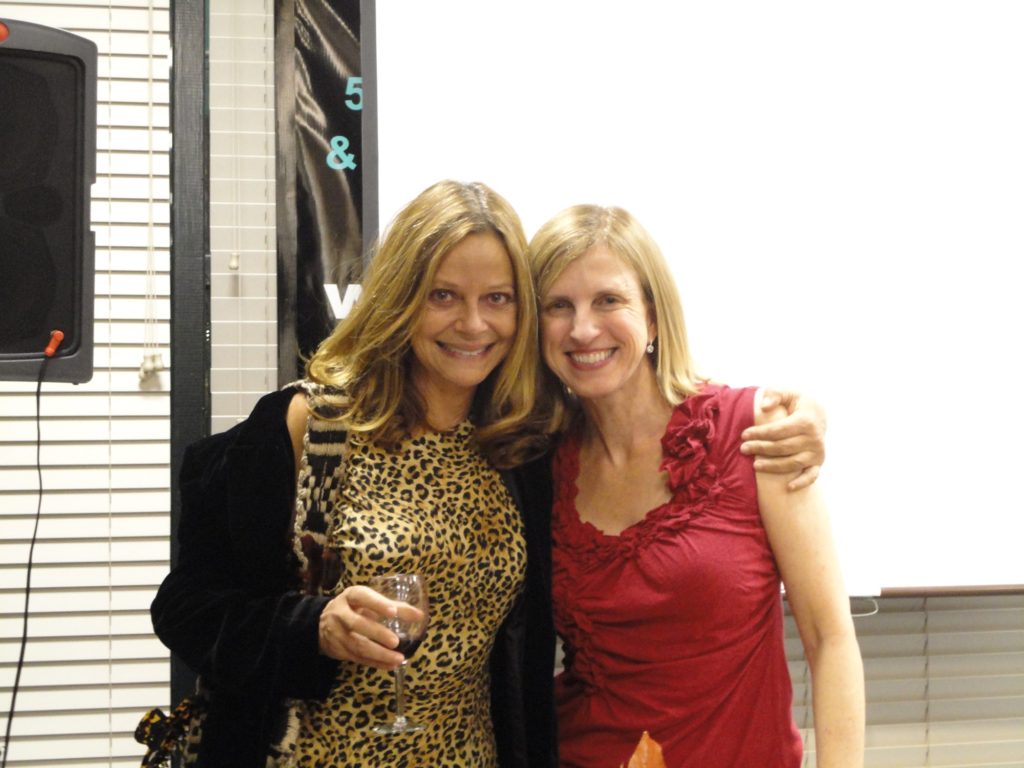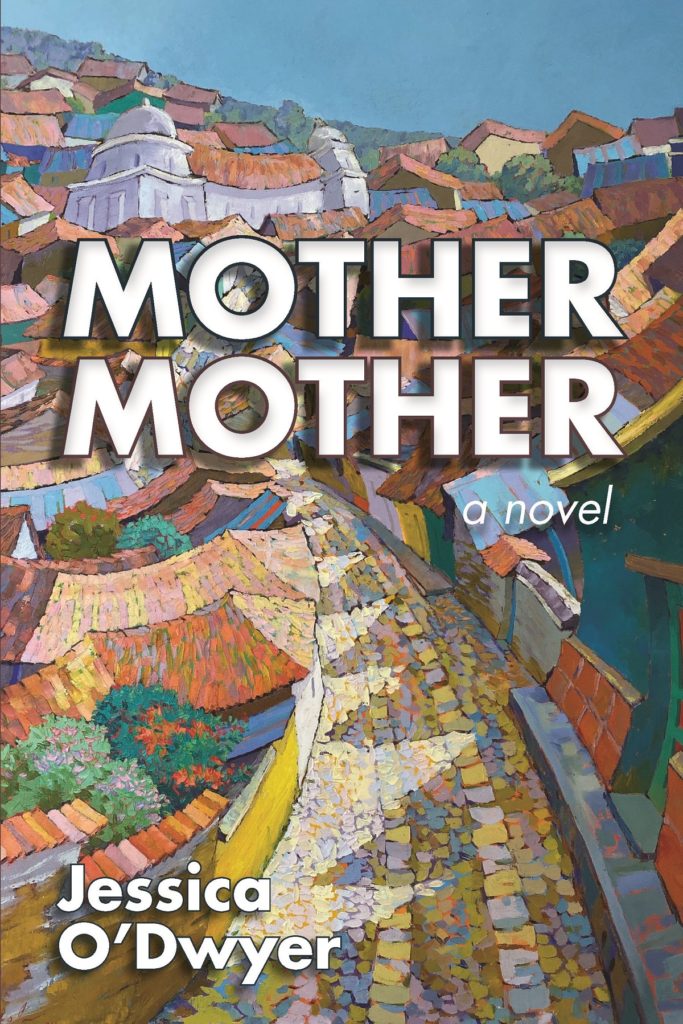Thank you Joyce

Tomorrow my debut novel, “Mother Mother,” launches and I’m thinking about the teacher who influenced me most as a writer, Joyce Maynard. Although we’re around the same age, Joyce is famously precocious, and, as a girl from New Jersey, I grew up reading her essays in the New York Times. Decades later, relocated to California and wrestling with a memoir, I learned Joyce lived a few miles from me in Marin County and held writing workshops in her home. Not only that, she owns a place in Guatemala, the country that figures prominently in my writing and where my children were born.
So off I went to Joyce’s aptly named “One Day Intensive” and I say aptly named because when she’s in teacher mode, Joyce is intense. Before class, she may appear Zen-like in yoga pants as she sips coffee and nibbles poppy seed cake, but once Joyce grabs that dry erase marker and stands before her white board, she is all laser focus.
That day fifteen years ago, Joyce cut through my jumble of ideas to reveal a narrative arc and protagonist’s journey. I’d lived the story—it’s memoir!—but until Joyce laid out the elements and identified the beats, I hadn’t found a way to tell it.
Joyce’s instruction was specific. No platitudes from Joyce. Parsing every sentence, she said, “Can you draw a picture of this?” Evaluating each conflict, she said “What are the stakes?” As I listened to her speak, I realized good writing requires the proper tools and Joyce is a master carpenter. I drove home that night inspired and transformed. I knew I would finish my manuscript, and I did. My memoir, “Mamalita,” was published in 2010.
I’ve attended dozens of workshops since my first one with Joyce, with outstanding teachers who have dedicated themselves to helping me improve my craft. But when I sit down to write, every time I sit down to write, it’s Joyce’s voice I hear: “The curtain goes up; show us the scene. Find the rhythm of the paragraph, the sentence, the phrase, the word. No character is entirely good or entirely bad; locate the sympathy. Tell the reader once. Drive the narrative. Cut, cut, cut. End with the punch.”
In the years I’ve known Joyce, she’s been teacher, mentor, and friend–to me and countless other writing students.
So tonight, on the eve of the day my novel finds its place in the world, I say thank you, Joyce, thank you. I hope I’ve made you proud.
